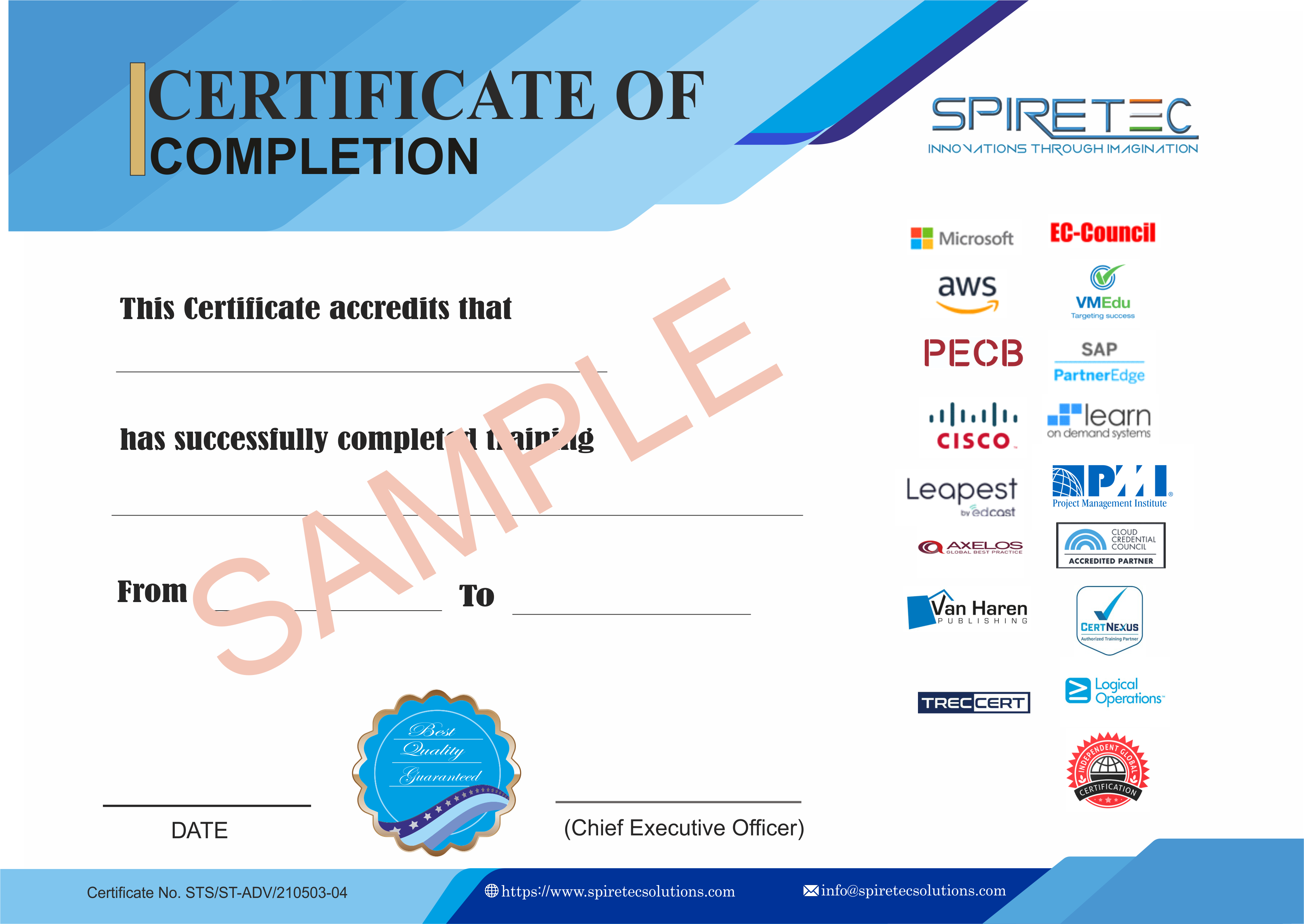The Red Hat OpenShift Administration II: Configuring a Production Cluster (DO280) course is designed for IT professionals to advance their skills in managing and configuring a production-grade OpenShift cluster. This course provides in-depth knowledge of OpenShift Container Platform components and their interactions, essential for managing complex Kubernetes environments.
Participants will engage in hands-on exercises to:
-
Verify and maintain cluster health.
-
Configure authentication using various identity providers.
-
Implement role-based access control (RBAC).
-
Manage secrets and understand OpenShift networking.
-
Handle pod scheduling and scaling of clusters.
-
Perform system updates and utilize the web console for cluster management.
By the end of the course, learners will be proficient in managing and troubleshooting an OpenShift cluster, making it crucial for those aiming to excel in OpenShift administration.
Course Prerequisites
To benefit from the DO280 course, it is recommended that participants have:
-
Completion of Red Hat OpenShift I: Containers & Kubernetes (DO180) or equivalent experience with containers and Kubernetes.
-
Basic experience with Linux, including familiarity with the command line and system administration.
-
Familiarity with web application architectures and technologies.
-
Understanding of software development concepts, especially related to CI/CD pipelines.
-
Knowledge of cloud computing concepts and scalable infrastructure principles.
-
Some familiarity with networking concepts, including TCP/IP, DNS, and firewalls.
While these prerequisites provide a solid foundation, the course is structured to accommodate various technical backgrounds. A basic understanding of container technology and orchestration will be beneficial.
Target Audience
This course is ideal for:
-
System Administrators managing OpenShift clusters.
-
DevOps Engineers focusing on deployment and operations.
-
IT Architects designing scalable infrastructure.
-
Cloud Administrators involved in cloud-based deployments.
-
Developers interested in operations and deployment.
-
Site Reliability Engineers (SREs) ensuring system reliability.
-
Technical Account Managers supporting enterprise clients.
-
Product Support Specialists in enterprise settings.
-
Infrastructure Automation Engineers optimizing infrastructure.
-
Application Administrators managing the application lifecycle and integration.
Course Outline
Declarative Resource Management
Deploy and update applications from resource manifests that are parameterized for different target environments.
Deploy Packaged Applications
Deploy and update applications from resource manifests that are packaged for sharing and distribution.
Authentication and Authorization
Configure authentication with the HTPasswd identity provider and assign roles to users and groups.
Network Security
Protect network traffic between applications inside and outside the cluster.
Expose non-HTTP/SNI Applications
Expose applications to external access without using an Ingress controller.
Enable Developer Self-Service
Configure clusters for safe self-service by developers from multiple teams and disallow self-service if projects have to be provisioned by the operations staff.
Manage Kubernetes Operators
Install and update Operators that are managed by the Operator Lifecycle Manager and by the Cluster Version Operator.
Application Security
Run applications that require elevated or special privileges from the host Operating System or Kubernetes.
OpenShift Updates
Update an OpenShift cluster and minimize disruption to deployed applications.







 Live Online Training (Duration : 40 Hours)
Live Online Training (Duration : 40 Hours)
